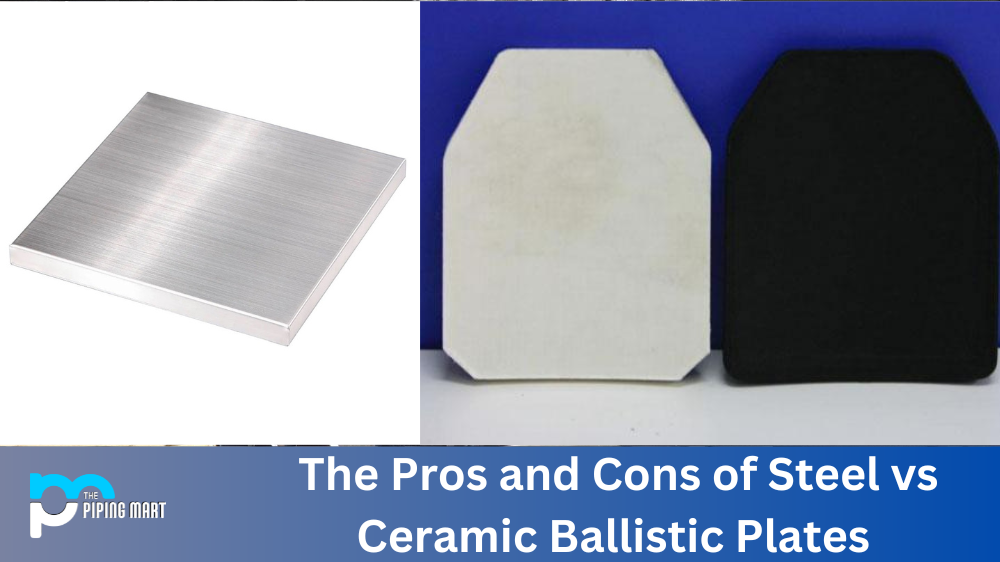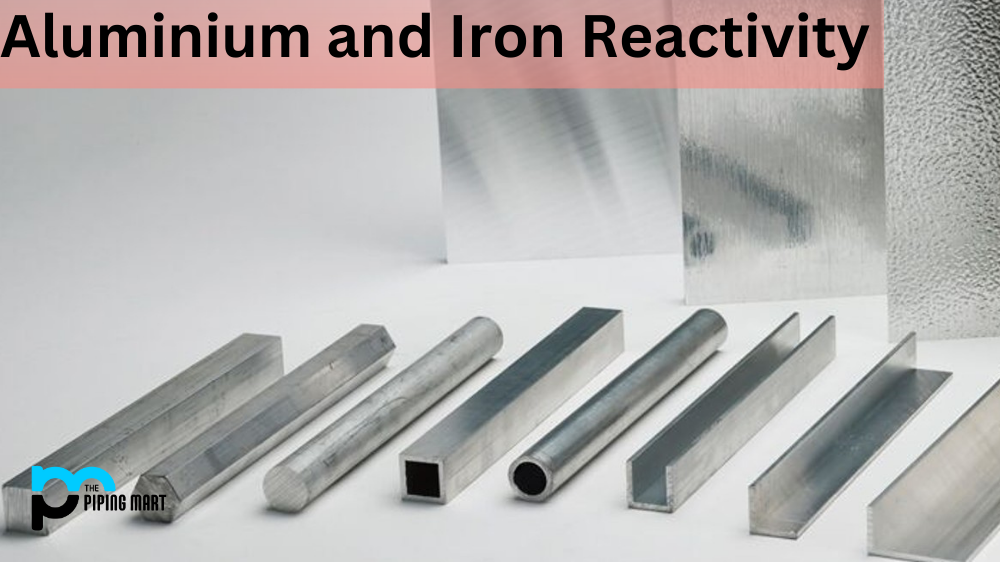Ballistic plates are essential to anybody’s armor system, protecting against high-velocity rounds. Two of the most popular materials are steel and ceramic when deciding on the type of ballistic plate to use. But which one is better? In this blog post, we’ll discuss the pros and cons of steel and ceramic ballistic plates so you can decide which material is best for you.
Steel Ballistic Plates
Steel ballistic plates offer superior protection against high-velocity rounds and have been used for decades in military applications worldwide. They are also relatively lightweight compared to other types of ballistic plates. However, steel ballistic plates are susceptible to deformation over time due to their malleability; they can become bent or dented if subjected to excessive force. Additionally, steel is vulnerable to rusting when exposed to water or humidity, making it less than ideal for humid climates or wet environments.
Steel plates are the most common type of ballistic plate. They are made from high-strength steel that is able to stop smaller caliber rounds. Steel plates typically weigh between 5 and 10 pounds.
Ceramic Ballistic Plates
Ceramic ballistic plates are becoming increasingly popular due to their lighter weight compared to steel plates and their ability to withstand multiple impacts without degrading or losing their protective qualities. Ceramic plates are also resistant to corrosion and rusting, making them ideal for humid or wet climates. However, ceramic plates can be more expensive than steel ones and may provide less protection against high-velocity rounds than steel plates do.
Ceramic plates are another type of ballistic plate. They are made from a lightweight ceramic material that is able to stop larger caliber rounds. Ceramic plates typically weigh between 3 and 5 pounds.
Steel vs. Ceramic Ballistic Plates
Advantages
Steel Plates – One advantage of steel plates is that they are less expensive than ceramic plates. Steel plates also have the ability to stop smaller caliber rounds, which can be important in some situations.
Ceramic Plates – One advantage of ceramic plates is that they are lighter weight than steel plates. This can be important for someone who needs to wear their ballistic plate for long periods of time, such as during a long deployment. Ceramic plates also have the ability to stop larger caliber rounds, which can be important in some situations.
Disadvantages
Steel Plates – One disadvantage of steel plates is that they are heavier than ceramic plates. This can make them more difficult to wear for long periods of time. Additionally, steel plates may rust over time, which can reduce their effectiveness.
Ceramic Plates – One disadvantage of ceramic plates is that they are more expensive than steel plates. Additionally, ceramic plates may shatter if hit by a large caliber round, which could result in injuries to the person wearing them.
Strength and Durability
Steel plates are solid and durable. They can withstand a high level of abuse without sacrificing protection. That being said, steel plates tend to be heavier than ceramic plates—which can be cumbersome if you need to move quickly. Additionally, steel is prone to rust over time, which could affect its protective qualities if not taken care of properly.
Ceramic plates are also durable, but they are not as strong as steel plates and may require frequent replacements to maintain their protective capabilities. However, ceramic plates are much lighter than steel – making them ideal for those who need to move quickly or carry their gear for extended periods.
Cost
Steel plates are generally cheaper than ceramic ones, making them a great option for those on a budget. However, since they require more frequent replacement due to rusting or other damage, the cost savings may not be as large as initially thought. Ceramic plates may be more expensive upfront, but they can last longer than steel – which could save money in the long run if replacements aren’t required as often.
Protection
Both types of body armor provide excellent protection against bullets and other projectiles; however, some argue that ceramic is better at dissipating energy from impacts compared to steel due to its ability to absorb shock waves better than metal does when struck by something moving at a high velocity (such as a bullet). Ultimately, it comes down to personal preference when deciding which type of plate provides better protection – but either way, you’ll have peace of mind knowing that your body armor will protect you when needed most!
Conclusion:
Both steel and ceramic ballistic plates have their own unique set of pros and cons that should be considered when deciding which material is best for your particular body armor system. Steel offers superior protection against high-velocity rounds but is vulnerable to deformation over time due to its malleability as well as rusting when exposed to water or humidity. Ceramics provide lighter-weight protection with greater corrosion resistance but may offer less protection against high-velocity rounds than steel does. Ultimately, it’s up to you—the wearer—to decide which type of plate best meets your needs in terms of cost, durability, weight, and level of protection against projectiles.

Pipingmart is B2B portal specializes in industrial, metal and piping products. Also, share latest information and news related to products, materials and different types grades to help business dealing in this industry.




